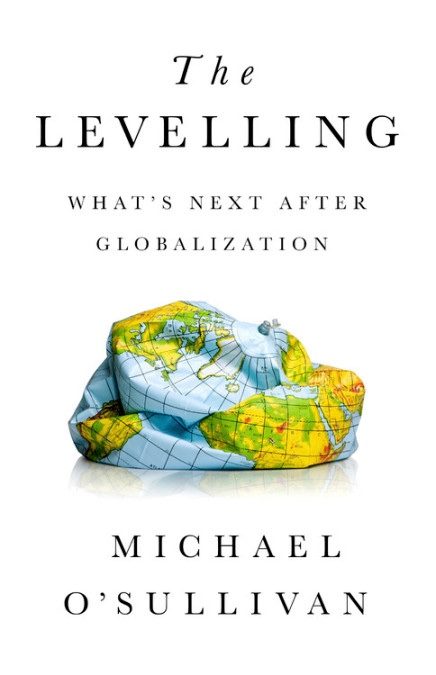
This week, some one hundred and sixty three years ago, the ‘Panic of 1857’ began. As is typically the case, the panic was preceded by years of overinvestment by banks and investment trusts, much of it in land and railway infrastructure. The fuel for this speculation was provided by a rise in the supply of gold.
Several factors – a sudden drop in the availability of gold (the sinking of the SS Central America with gold bullion on board didn’t help), falling grain prices and a prominent bank failure in Ohio set in motion a protracted market and economic slump. Political turmoil was also an ingredient, especially so in respect of slavery, which was to then lead to the US Civil War.
There are several parallels to recall the ’57 panic today, not least being the coronavirus market panic of March. The US is troubled politically, new technologies are on the rise (i.e. the telegraph in the 1850’s), there are geopolitical stresses afoot (the Crimea War had just ended) and plentiful money supply coupled with exuberant investment deals are a sign of our times. Notably in markets, the investor mood is described by euphoria rather than panic.
Amidst today’s financial market euphoria, many find the apparent contradiction between successive records in the stock market (mostly the Nasdaq) and multi-decade highs in unemployment, growing credit stress, a global public health emergency and generalized political chaos, to be troubling and also, a moral quandary. I share this view but, would also stress that the real world and the market world can remain at odds for extended periods of time.
One clue to this is central banks. The numerous ‘panics’ of the 19th century were brutal though often short, because central banks in the sense we know them today, did not exist then. Market crises tended to resolve themselves in violent ways. The Bank of England did play an important role though it was perhaps not until after the ‘Panic of 1866’ that the crisis fighting playbook was written up in Walter Bagehot’s ‘Lombard Street’.
In contrast, today’s central banks are monetary deathstars, towering over markets and economies and blasting them with liquidity shots. This much was clear in the speech given by Federal Reserve Chair Jerome Powell to the (virtual) Kansas Fed Banking symposium where he outlined the Fed’s intention to effectively overshoot its inflation target.
In so doing, the Fed risks further splitting American society between ‘speculators’ (those who have access to capital and benefit from asset price inflation) and those who have to live in ‘panic’ type conditions (credit stress, unemployment, rising costs of living).
One indicator that helps elucidate this difference is lumber prices – which have risen by 250% since March. Logically this might be because more people are redoing or building homes, but the ascent of lumber looks very like that of the Apple share price and suggests that in this world characterized by ‘the financialization of everything’, speculation is the driver of lumber prices.
There are other indicators – the presence of a growing number of market anomalies such as the 30% rise in the price of Tesla and Apple as a result of stock splits (ordinarily this move would not have much of a price effect).
Since the global financial crisis, the side-effects of very generous monetary policy have been a rapid accumulation of indebtedness by governments and companies, and the detrimental impact of negative interest rates on the profitability of banks (note that while Apple has doubled in value since March, Wells Fargo’s equity trades close to its lows). Both factors – high indebtedness and constrained banks – weaken the link between monetary policy and the real economy.
The additional risk with the Fed’s stance is to create inequalities across generations. Allowing inflation to overshoot, in the absence of strong wage growth will make it more expensive to fund a pension, to buy a house and also to afford private education and healthcare.
In a world where America has a President who is uniquely (tweets) attached to the fortunes of the stock market, the vapours of speculation create the illusion that all is well, that debt and deficits can continue to rise and that growing poverty and long-term unemployment can be cured by Robinhood.
Finally, some of you may be asking the question as to whether we have another market ‘panic’. I don’t like trying to predict big market moves – those who do usually need to be lucky and/or patient. However, bear in mind that stimulus programs are petering out, bankruptcies and restructurings are on the rise, geopolitical skirmishing nearly pandemic (Russia-USA in north east Syria, China-US in the South China Sea, Turkey v the rest in the Mediterranean, together with tense wargames in the Baltic).
We may not have a ‘panic’ in September, but volatility will rise.
Have a great week ahead,
Mike



